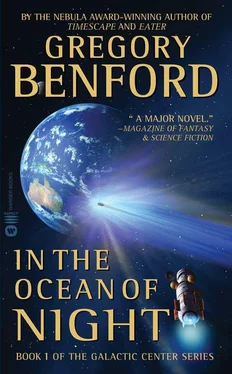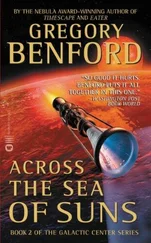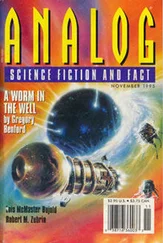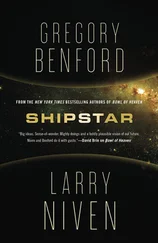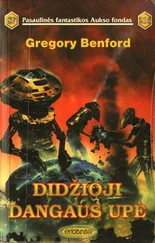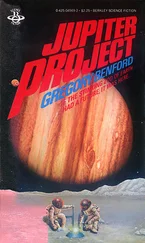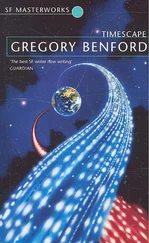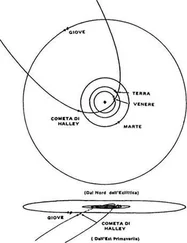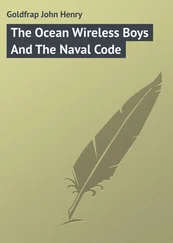In all, I’m glad I wrote these novels. The Walmsley character was fun to engage. I’ve always liked crusty people, being somewhat crusty myself—and I think they are more engaging in fiction, where niceness is doom.
The series is ultimately about a question Walmsley asks toward the end, rather plaintively: What is the meaning of human action? In other words, can what we do really matter very much?
I felt intuitively that to measure a man, or mankind, one must have a comparison. How we measure up against the very largest scale, the galactic, drew me to make the attempt. We’ll never know, of course, how well we fare, but it is very human to ask.
July 2003
From the Encyclopaedia Britannica, 17th Edition, 2093: Icarus (ik΄-ə-rəs)
Minor planet 1566. Had the most eccentric elliptic orbit of all the known asteroids (e = 0.83), the smallest semimajor axis (a = 1.08) and passed closest to the sun (28,000,000 kilometers). It was discovered by Walter Baade of Mt. Palomar Observatory in 1949. Its orbit extended from beyond Mars’s to within Mercury’s; it could approach to within 6,400,000 kilometers of the Earth. Radar observations showed it to have a diameter of about 0.8 kilometer and a rotation period of about 2.5 hours. The unusual orbit attracted only minor interest until June 2017, when Icarus suddenly began emitting a plume of gas and dust. Since it was presumably a typical rocky Apollo asteroid, this evolution into a cometary object excited the astronomical world. The oddity became of intense concern when calculations in October 2017 showed that the momentum transferred to the escaping cometary tail was altering the orbit of Icarus. This orbital perturbation could, within a few years, cause a portion of the comet to collide with the Earth. Impact of the tenuous gas would be harmless. But the head of the comet Icarus was by then obscured, and some conjectured that a solid core could remain, in which case…
Icarus
In Greek legend, the son of Daedalus. After Daedalus, an architect and sculptor, built the labyrinth for King Minos of Crete, he fell out of favor with the king. He fashioned wings of wax and feathers for himself and Icarus, and escaped to Sicily. Icarus, however, flew too near the sun and his wings melted; he fell into the sea and drowned. The island on which his body was washed ashore was later named Icaria. The legend is often invoked as a symbol of man’s quest for knowledge and fresh horizons, whatever the cost. Icarus was invoked in van Hoven’s masterwork, Icarus Descending (2017), as an emblem for the decline of Western cultural eminence…
He found the flying mountain by its shadow.
Ahead the sun was dimmed by a swirling film of dust, and Nigel first saw Icarus at the tip of a lancing finger of shadow in the clouds.
“The core is here,” he said over the radio. “It’s solid.” “You’re sure?” Len replied. His voice, filtered by sputtering radio noise, was thin and distant, though the Dragon module waited only a thousand kilometers away.
“Yes. Something bloody big is casting a shadow through the dust and coma.”
“Let me talk to Houston. Back in a sec, boy-o.” A humming blunted the silence. Nigel’s mouth felt soft, full of cotton: the thick-tongued sensation of mingled fear and excitement. He nudged his module toward the cone of shadow that pointed directly ahead, sunward, and adjusted attitude control. A pebble rattled against the aftersection.
He entered the cone of shadow. The sun paled and then flickered as, ahead, a growing dot passed across its face. Nigel drifted, awash in yellow. Corona streamed and shimmered around a hard nugget of black: Icarus. He was the first man to see the asteroid in over two years. To observers on Earth its newborn cloak of thick dust and gas hid this solid center.
“Nigel,” Len said quickly, “how fast are you closing?” “Hard to say.” The nugget had grown to the size of a nickel held at arm’s length. “I’m moving to the side, out of the shadow, just in case it comes up too fast.” Two stones rapped hollowly on the hull; the dust seemed thicker here, random fragments bled from Icarus to make the Flare Tail.
“Yeah, Houston just suggested that. Any magnetic field reading?”
“Not—wait, I’ve just picked up some. Maybe, oh, a tenth of a gauss.”
“Uh oh. I’d better tell them.”
“Right.” His stomach clenched slightly. Here we go, he thought.
The black coin grew; he slipped the module further away from the edge of the disk, for safety margin. A quick burst of the steering jets slowed him. He studied the irregular rim of Icarus through the small telescope, but the blazing white sun washed out any detail. He felt his heart thumping sluggishly in the closeness of his suit.
A click, some static. “This is Dave Fowles at Houston, Nigel, patching through Dragon. Congratulations on your visual acquisition. We want to verify this magnetic field strength—can you transmit the automatic log?”
“Roger,” Nigel said. Conversations with Houston lagged; the time delay was several seconds, even at the light-speed of radio waves. He flipped switches; there was a sharp beep. “Done.”
The edge of the disk rushed at him. “I’m going around it, Len. Might lose you for a while.”
“Okay.”
He swept over the sharp twilight line and into full sunlight. Below was a burnt cinder of a world. Small bumps and shallow valleys threw low shadows and everywhere the rock was a brownish black. Its highly elliptical orbit had grilled Icarus as though on a spit, taking it yearly twice as close to the sun as Mercury.
Nigel matched velocities with the tumbling rock and activated a series of automatic experiments. Panel lights winked and a low rhythm of activity sounded through the cramped cabin. Icarus turned slowly in the arc light-white sun, looking bleak and rough… and not at all like the bearer of death to millions of people.
“Can you hear me, Nigel?” Len said.
“Right.”
“I’m out of your radio shadow now. What’s she look like?”
“Stony, maybe some nickel-iron. No signs of snow or conglomerate structures.”
“No wonder, it’s been baked for billions of years.” “Then where did the cometary tail come from? Why the Flare?”
“An outcropping of ice got exposed, or maybe a vent opened to the surface—you know what they told us. Whatever the stuff was, maybe it’s all been evaporated by now. Been two years, that should be enough.”
“Looks like it’s rotating—ummm, let me check— about every two hours.”
“Uh huh,” Len said. “That cinches it.”
“Anything less than solid rock couldn’t support that much centrifugal force, right?”
“That’s what they say. Maybe Icarus is the nucleus of a used-up comet and maybe not—it’s rock, and that’s all we care about right now.”
Nigel’s mouth tasted bitter; he drank some water, sloshing it between his teeth.
“It’s knocking on one kilometer across, roughly spherical, not much surface detail,” he said slowly. “No clear cratering, but there are some shallow circular depressions. I don’t know, it could be that the cycle of heating and cooling as it passes near the sun is an effective erosion mechanism.”
He said all this automatically, trying to ignore the slight depression he felt. Nigel had hoped Icarus would turn out to be an icy conglomerate instead of a rock, even though he knew the indirect evidence was heavily against it. Along with a few of the astrophysicists, he hoped the Flare Tail of 2017—a bright orange coma twenty million miles long that twisted and danced and lit the night sky of Earth for three months—had signaled the end of Icarus. No telescope, including the orbiting Skylab X tube, had been able to penetrate the cloud of dust and gas that billowed out and obscured the spot where the asteroid Icarus had been. One school of thought held that a rocky shell had been eroded by the eternal fine spray of particles from the sun—the solar wind—and a remaining core of ice had suddenly boiled away, making the Flare Tail. Thus, no core remained. But a majority of astronomers felt it unlikely that ice should be at the center of Icarus; probably, most of the rocky asteroid was left somewhere in the dust cloud.
Читать дальше
